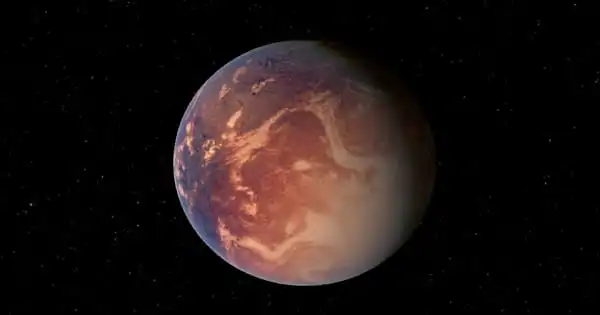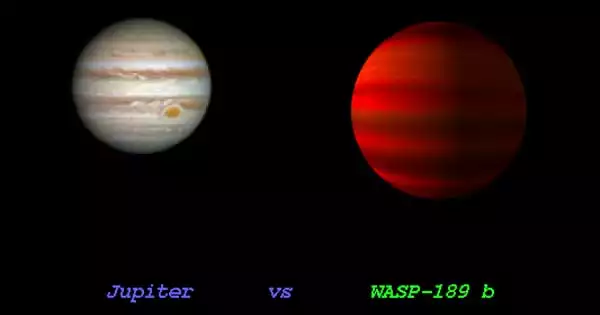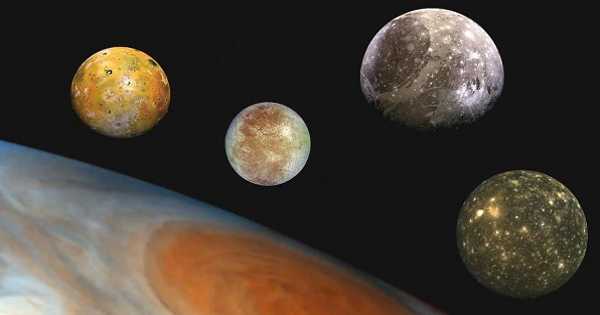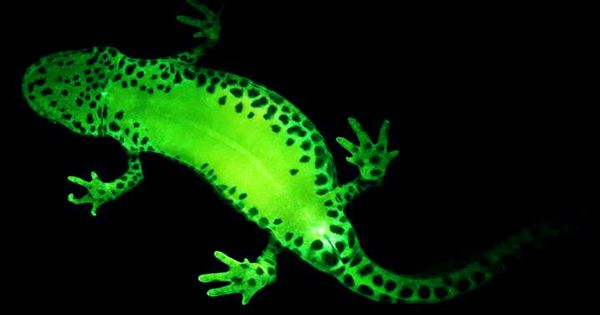Gliese 581e is an extrasolar planet orbiting within the Gliese 581 system, 20.4 light-years from Earth in the Libra constellation. Gliese 581 is a red dwarf star with the spectral class M3V at the heart of the Gliese 581 planetary system in the Libra constellation, some 20 light-years away from Earth. It is the third planet discovered in the system (fourth if the controversial planet candidate Gliese 581d is counted) and the first in order of discovery from the star.
The planet was discovered by a team led by Michel Mayor from the Observatory of Geneva, who used the HARPS instrument on the European Southern Observatory’s 3.6 m (140 in) telescope in La Silla, Chile. The discovery was made public on April 21, 2009. Mayor’s team used the radial velocity approach, which determines a planet’s orbit size and mass based on the minor perturbations in its parent star’s orbit caused by gravity.
Gliese 581e’s transits by a water-rich or hydrogen-helium atmosphere planet have been ruled out by an international team of astronomers. The host star is relatively quiet, which bodes well for the habitability of at least one of its planets.
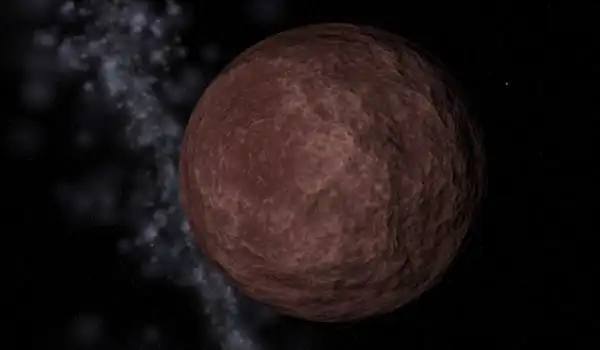
It is one of the least massive extrasolar planets known near a normal star, with a minimum mass of 1.7 Earth masses, and is quite close in mass to Earth. It also has the smallest precise real mass of any known exoplanet. However, at an orbital distance of only 0.03 AU (4,500,000 km) from its parent star, it orbits beyond the habitable zone. Due to its high temperature and tremendous radiation from the star, it is unlikely to have an atmosphere.
Although scientists believe it has a rocky surface similar to Earth’s, it is also likely to endure extreme tidal heating similar to (and possibly more powerful than) that experienced by Jupiter’s moon. In approximately 3.15 days, Io. Gliese 581e completes an orbit around its parent star.
If Gliese 581e transits its host star, it must have a radius less than 1.4 times that of the Earth, because MOST would have spotted a larger planet. In terms of composition, this implies that planet e lacks a hydrogen or helium atmosphere and contains less than 25% water. As a result, it must be a solid rocky planet. However, if the planet does not transit, its size and hence composition cannot be restricted, but its orbital inclination may.
Directly monitoring the spectra of the planets’ atmospheres to establish their composition is one technique to shed further insight on the features of the Gliese 581 system. Such observations will serve to construct a clearer image of the system and will aid in resolving the question of habitability. Although this strategy is beyond the capabilities of present instruments, ongoing research indicates that it will be achievable in the near future.
